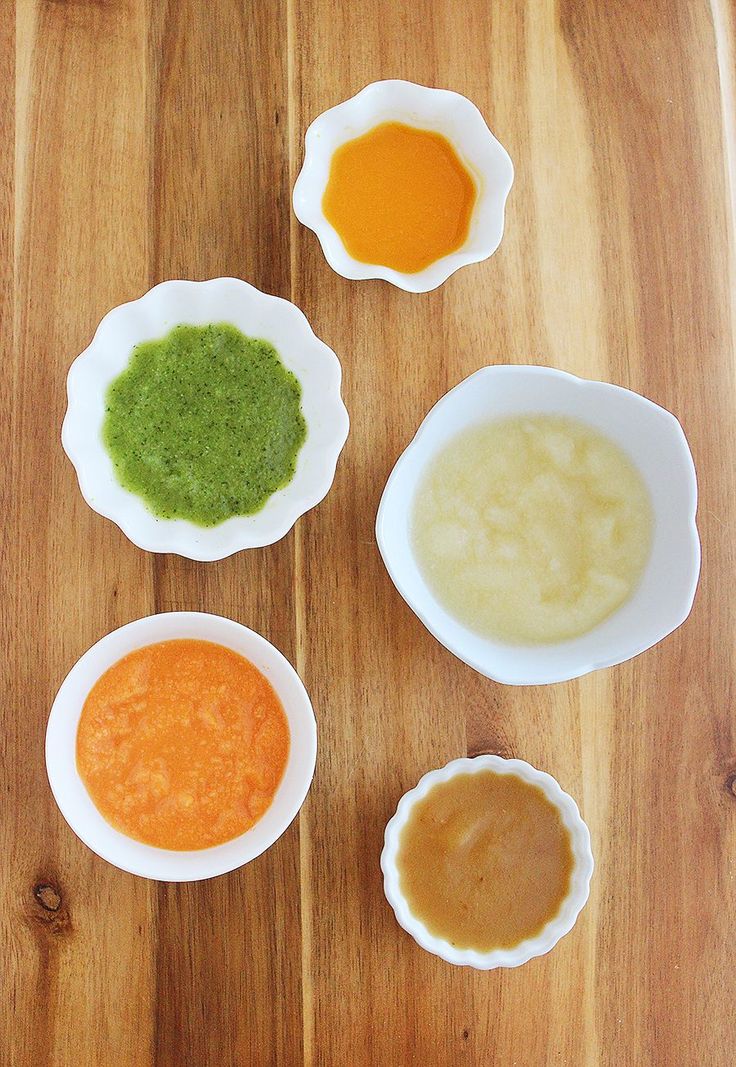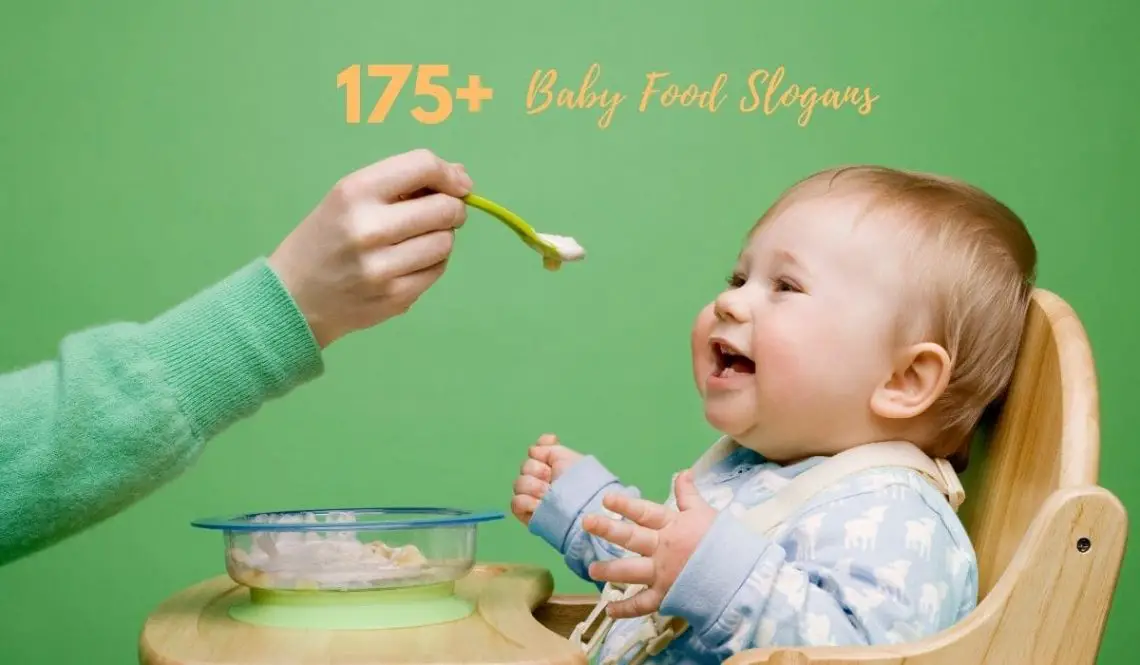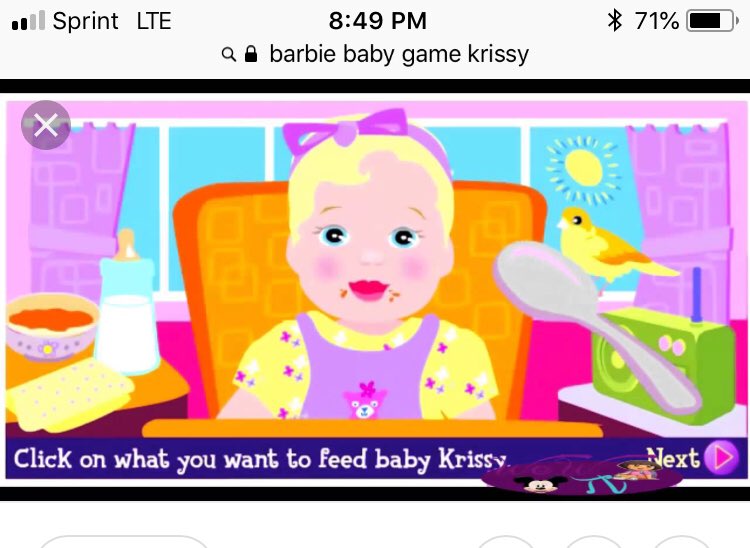Pea baby food recipe
Pea Baby Puree (4-6+ Months/Stage 1)
This Pea Baby Puree with mint is a smooth and mild baby food puree that is perfect for your baby’s first bite! Your baby will love this green puree thanks to its fresh and earthy flavor. It’s a great stage 1 baby food for 4-6 months and up.
Medically reviewed and co-written by Jamie Johnson, Registered Dietitian Nutritionist (RDN), and Lauren Braaten, Pediatric Occupational Therapist (OT).
Homemade Pea Baby Food
Don’t get caught up on what you think pea baby food is going to taste like.
Store-bought brands can be thick and lumpy with a strong acidic taste of overly cooked peas. Don’t even get me started on the smell! 🤢
But this homemade pea puree is exactly the opposite! And trust me; it tastes nothing like you expect.
I’m telling you… this pea baby food is beyond delicious. It’s heavenly!
Smooth and creamy with a mild taste and a hint of minty freshness, it’s also bright and appetizing to look at.
It will actually put a smile on your and your baby’s faces! 😁
Is it your first time making homemade baby food? Then I suggest you start this journey by reading my in-depth Guide on How to Make Homemade Baby Food. The detailed guide goes over all the important information such as the best cooking tools to have on hand, safe storage, how to know when baby is ready for solids, how to introduce purees, the best first foods for baby, and more! You can also check out my best-selling cookbook for even more information and recipes!
Pea Baby Puree Video
Watch this video to see just how easy this Pea Baby Puree is to make!
Reasons to Love this Pea Baby Puree- great baby food for 4-6+ months
- starter puree
- 3 simple ingredients
- super smooth and creamy
- delicious green puree
- easy to make — requires less than 10 minutes
- freezer-friendly
- budget-friendly
- homemade
- healthy
- organic – can easily (and cheaply) use organic peas and zucchini
- can use fresh or frozen peas
Make sure to read the recipe card below for the full ingredient list and instructions!
- Peas: They are high in fiber, folate, vitamins A, C, and K, and are a good source of protein.
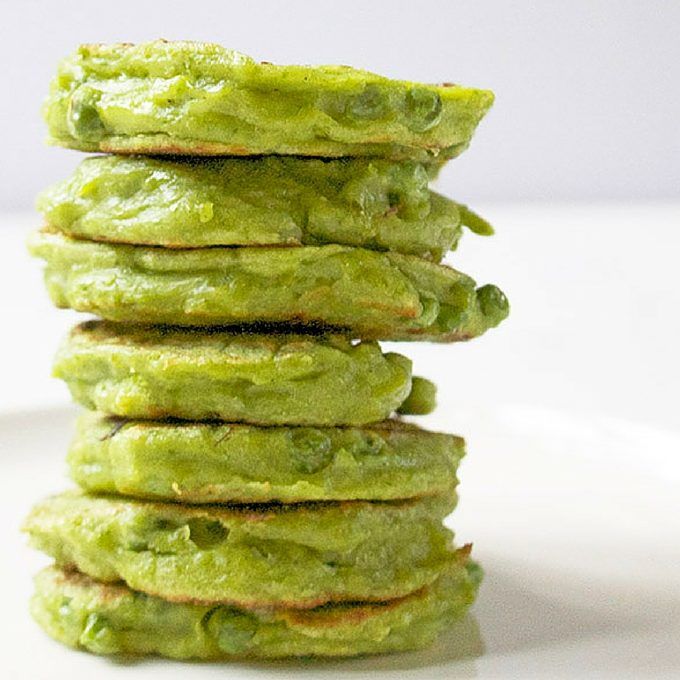 They also help promote healthy digestion and may protect against cancer.
They also help promote healthy digestion and may protect against cancer. - Zucchini: While this is a 2-vegetable starter puree, zucchini allergies are very low, so I added it to this recipe to give the peas a mild taste and a smoother, creamier texture. You can completely leave it out if you prefer. Just steam the peas as directed below.
- Mint: This is an ideal herb to add to baby food because it helps soothe an upset stomach, improves digestion, can help improve mental awareness and focus, and is rich in nutrients. However, adding mint to this puree is entirely optional.
- A good source of protein
- Contains a high amount of fiber, which helps with digestion
- Contains an array of micronutrients, such as thiamine, folate, manganese, vitamins K and C
- A good source of antioxidants
Frequently Asked Questions
When can babies eat peas?
development, which generally comes between 4-6 months of age.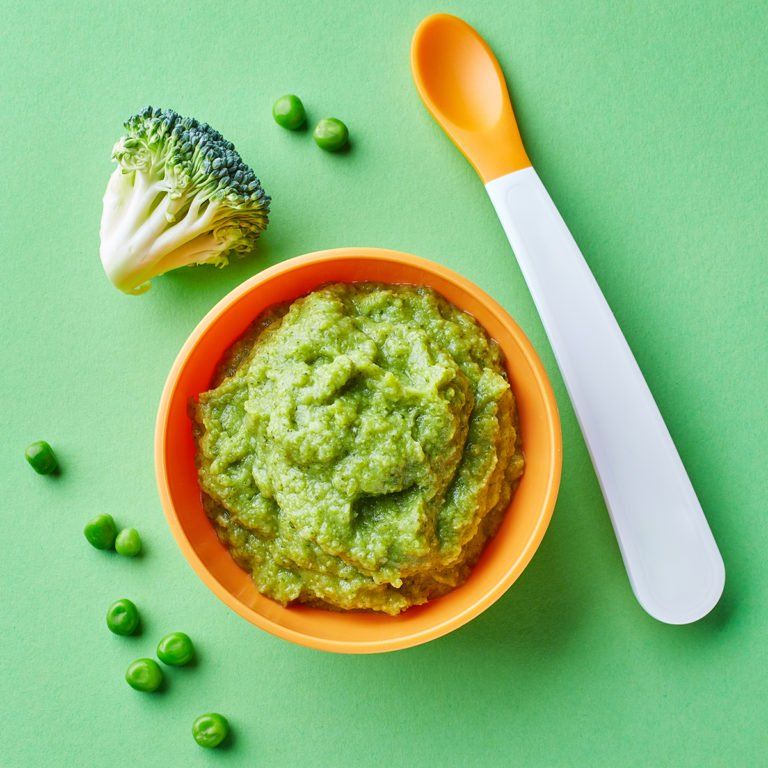 Some of the developmental milestones babies need to reach in order to start solids include: if your baby has solid control of their head and neck, if your baby has doubled in weight, and if your baby is reaching for or opening their mouth when you eat (see my guide here). Before you start your baby on purees, you should consult with your pediatrician to make sure your child is developmentally ready.
Some of the developmental milestones babies need to reach in order to start solids include: if your baby has solid control of their head and neck, if your baby has doubled in weight, and if your baby is reaching for or opening their mouth when you eat (see my guide here). Before you start your baby on purees, you should consult with your pediatrician to make sure your child is developmentally ready.
Can peas be baby’s first food?
Peas can 100% be baby’s first food if you want it to be. It is recommended to wait to introduce the top eight allergen foods to your baby once a few other well-tolerated foods have been introduced, but otherwise, foods can be introduced in any order so choose whatever you are most excited for your baby to have.
Are peas a common allergen for baby?
No, peas are not a common allergen, however, as with any food, start with a small portion and be aware of any signs that might be an allergic reaction after introducing it.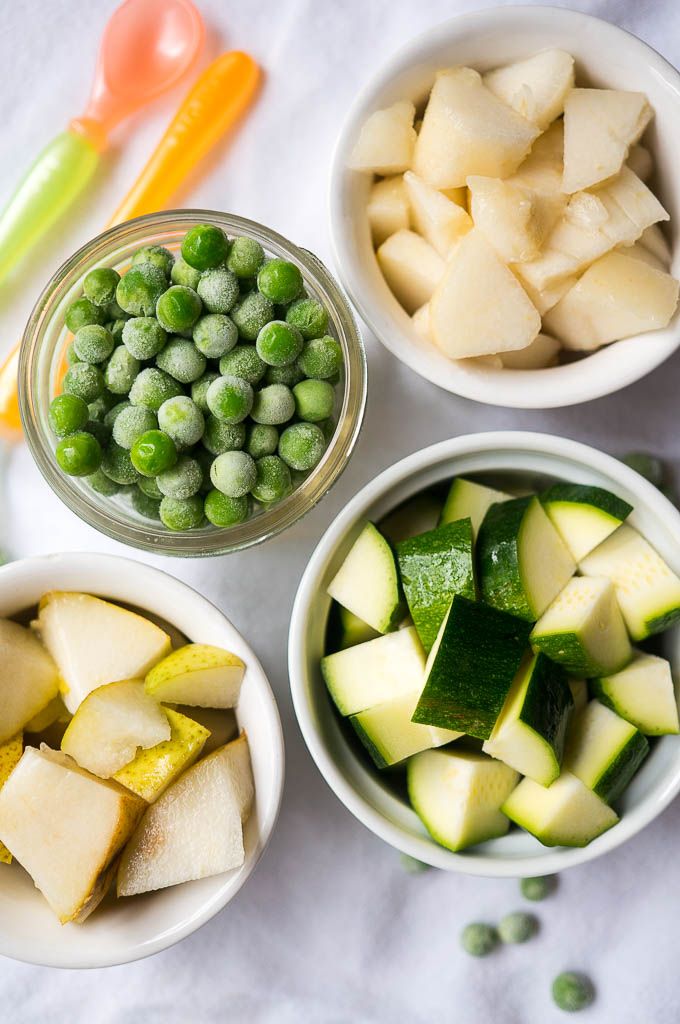
Do peas cause constipation for babies?
No, peas are not known to cause constipation in babies, and they may actually help relieve constipation in babies due to the high fiber content that makes it easier for your baby to pass stools.
Can you use frozen peas for baby food?
Yes, you can definitely use frozen peas in baby food! For this recipe, I added the frozen peas straight into the steamer basket to cook along with the zucchini. You can also freeze the peas once they are cooked and pureed.
How to Make Pea Baby Puree- Bring Water To Boil: Bring a saucepan with a little water to a boil.
- Steam Zucchini: Add chopped zucchini (optional) to a steamer basket, cover, and steam for 5 minutes.
- Steam Peas: Add the peas (fresh or frozen) and steam for another 3-5 minutes.
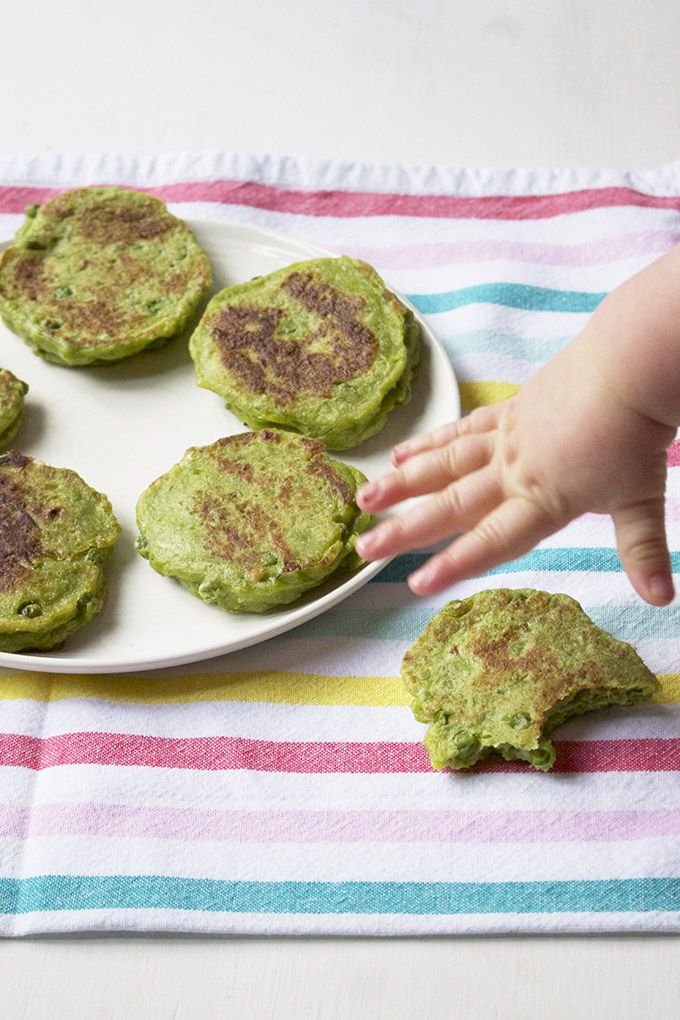
- Let Cool: Let it cool slightly and reserve the steamer water.
- Transfer to Blender: Transfer the cooked peas and zucchini to the blender or food processor.
- Add Mint: Add in the chopped mint or another spice.
- Puree: Puree until smooth or creamy, adding reserved water if needed to thin out the puree.
- Serve or Freeze.
- Medium Saucepan
- Steamer Basket
- Blender or Food Processor
- Freezer Tray
- Storage Containers for Fridge
- highchair
- suction bowl or baby bowl
- baby spoon
- open lid cup
- bib with catch pocket
While I love the fresh flavor of steamed peas with mint, there are several ways you can cook peas for baby food.
BEABA BabycookDoes anything sound better than a homemade baby food puree with a 15-second hands-on prep and cook time? I didn’t think so. Let me introduce you to the magic of the BEABA Babycook! With the touch of a button, the Babycook will cook and blend the peas into a smooth and creamy baby food puree! It’s like magic. To make, place 2 cups of peas into the stainless steel steamer basket, and place the basket into the glass container, closing the lid. Fill the reservoir tank to a level 3, close and lock the lid. Hit the steam button and let the machine do its magic. Once steamed, transfer the peas into the glass container, leaving the water. Add in a pinch of fresh mint, if using. Close the lid, and hit the blend button for 1 minute or until the puree is smooth.
Let me introduce you to the magic of the BEABA Babycook! With the touch of a button, the Babycook will cook and blend the peas into a smooth and creamy baby food puree! It’s like magic. To make, place 2 cups of peas into the stainless steel steamer basket, and place the basket into the glass container, closing the lid. Fill the reservoir tank to a level 3, close and lock the lid. Hit the steam button and let the machine do its magic. Once steamed, transfer the peas into the glass container, leaving the water. Add in a pinch of fresh mint, if using. Close the lid, and hit the blend button for 1 minute or until the puree is smooth.
Full Review: read my full, in-depth and honest review of the BEABA Babycook Neo here! Make sure to grab 15% off your Babycook with code (BabyFoode15)!
SkilletIn a medium skillet, add 2 cups of frozen peas. Cook over medium heat for 5-7 minutes, stirring often. Puree in a blender as directed below.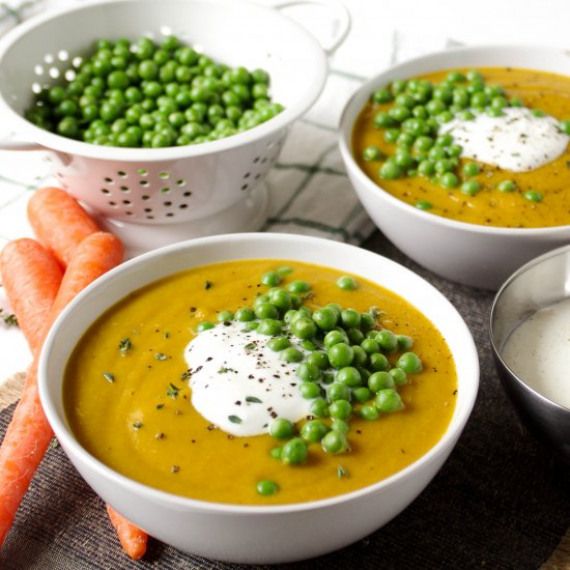
Place 2 cups of peas into a medium saucepan, add enough water to cover the peas, and bring to a boil. Reduce to simmer and cook for 8-10 minutes or until tender. Puree in a blender as directed below. Note that boiling will rid the peas of some nutrients as they are leached into the boiling water, so steaming or using a skillet is preferred. If you need liquid to thin out the puree, use some of the leftover water.
Great Pea Combination PureesWhile this pea puree is delicious and satisfying by itself, it’s also easy to mix and match with other nutrient-dense baby food purees. So give these fun flavor combos a try!
- Apples
- Broccoli
- Bananas
- Pears
- Quinoa Baby Cereal
- Fennel and Peaches
- Green Beans
- Chicken
- Spinach
- Soft Tofu
- Mango
- Yogurt
WeeSprout Silicone Baby Food Freezer Tray
Our favorite freezer storage container for baby food! Made of 100% food-grade silicone and comes with a hard clip-on lid.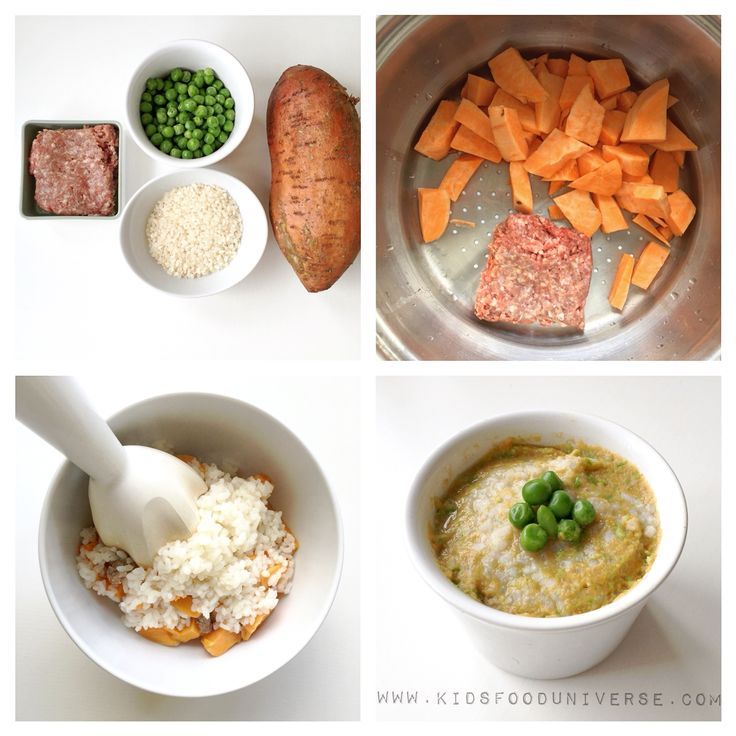 Large 3oz sections with 2oz markings to make sure you have the right amount for your baby.
Large 3oz sections with 2oz markings to make sure you have the right amount for your baby.
View Product
Adding SpicesWhile the most popular option is adding mint to baby food, you can also add a splash of lemon or lime juice, 1/2 tsp coconut oil, 1 tsp chopped basil, 1 tsp chopped parsley, or 1/4 tsp fresh ginger.
Tip on Spices: I always add spices or herbs to my baby food purees, but you can choose to leave them out in all of your baby food. You do you! Either way, this puree will surely taste amazing.
How to Store Pea Baby FoodRefridgeratorYou can store this puree in an airtight container in the fridge for 3-4 days.
FreezerThis puree can be frozen for up to 4 months.
- Spoon puree into a freezer storage container. Do not overfill.
- Place the lid on the storage container or cover with a piece of saran wrap, and label with the date and recipe name.
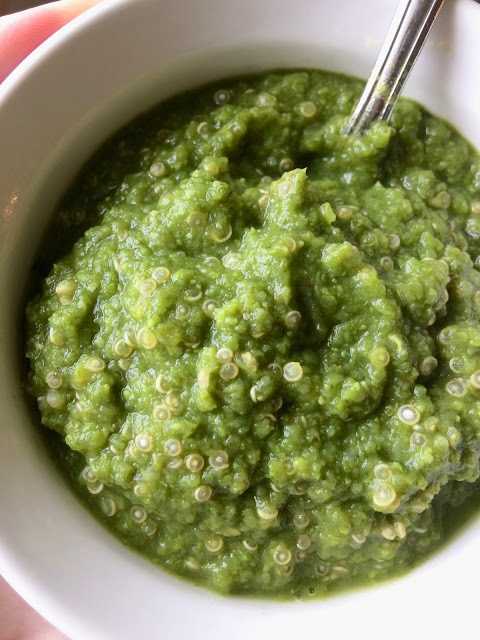
- Place the tray into the freezer and let it freeze completely — preferably overnight.
- Pop-out the baby food cubes and place them in a ziplock baggie or stasher bag. Don’t forget to relabel the baggie or stasher bag for future reference.
Need more information on how to store your baby foods? Head over to my Best Baby Food Storage Containers – Plus 6 Tips on Freezing and Thawing post!
Related
15 Stage One Baby Food Purees
Feeding Tips
- Follow your baby’s lead – when feeding purees from a spoon, sometimes there’s a tendency to keep offering bites past the point of your baby being full. Always follow baby’s cues for when they are done eating. Turning away from the spoon, closing her mouth, or pushing food away are all signs that baby is finished with the meal.
- Try adding a little seasoning or spice to purees – babies like flavor! Or consider changing the temperature of purees from time to time, to slightly warmed or slightly chilled.
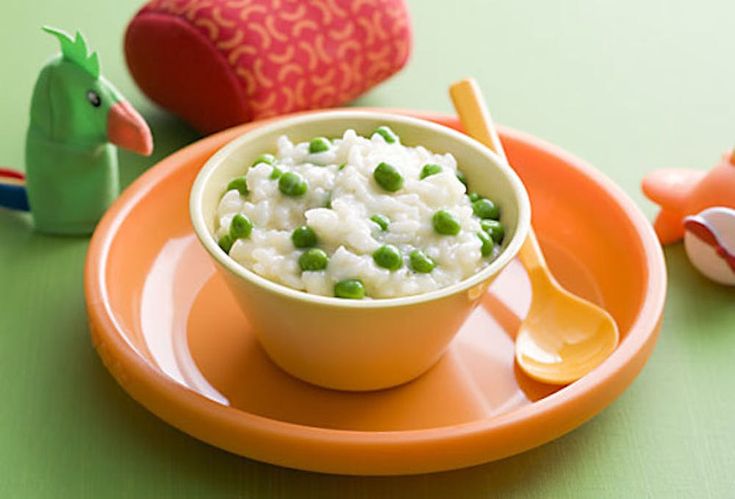 Varying these aspects adds to the sensory experience!
Varying these aspects adds to the sensory experience! - Place a small amount of puree on the tray during spoon feeding, so that your baby can dip their fingers or hands in the puree. Allowing baby to explore foods in this way helps them learn to self-feed and can help them be more willing to try new textures and foods in the future.
Or watch a shortened version of this video here.
- 2 cups peas, fresh or frozen
- 1/2 cup zucchini, roughly chopped (optional)
- 4 mint leaves, roughly chopped (optional)
Steam: In a medium saucepan, bring 2″ of water to a boil over medium heat. Place the zucchini in a steamer basket, and place over boiling water.
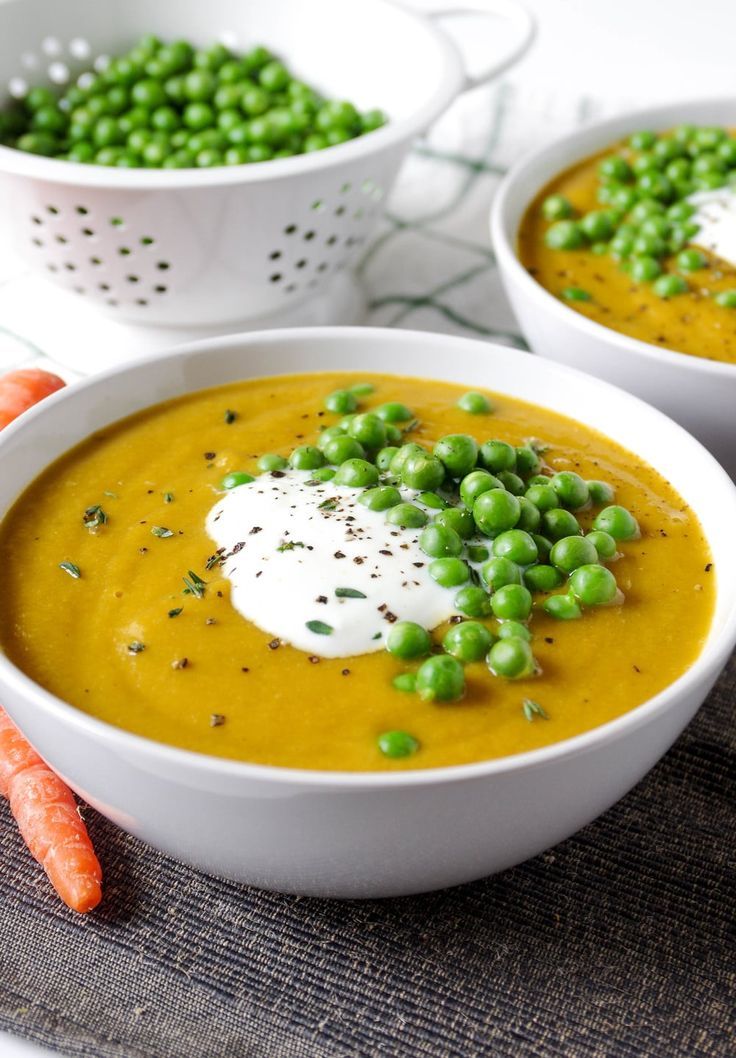 Cover and steam for 5 minutes.
Cover and steam for 5 minutes.Add Peas: Add in the peas, and steam for an additional 3-5 minutes. Reserve steamer water. Let cool slightly.
Blend: Add the zucchini, peas and mint leaves to a blender or food processor and puree for 1 minute or until you have achieved the desired texture. If the puree is too thick, add in 1/4 cup of the reserved steamer water until you have the right consistency.
Serve: let cool and serve to your baby or freeze for a later meal.
Age: 4-6 months and up
Yield: 15 ounces
Note on Zucchini: while this is a 2 vegetable starter puree, zucchini allergies are very low, so I added it to this recipe to give the peas a mild taste and smoother texture.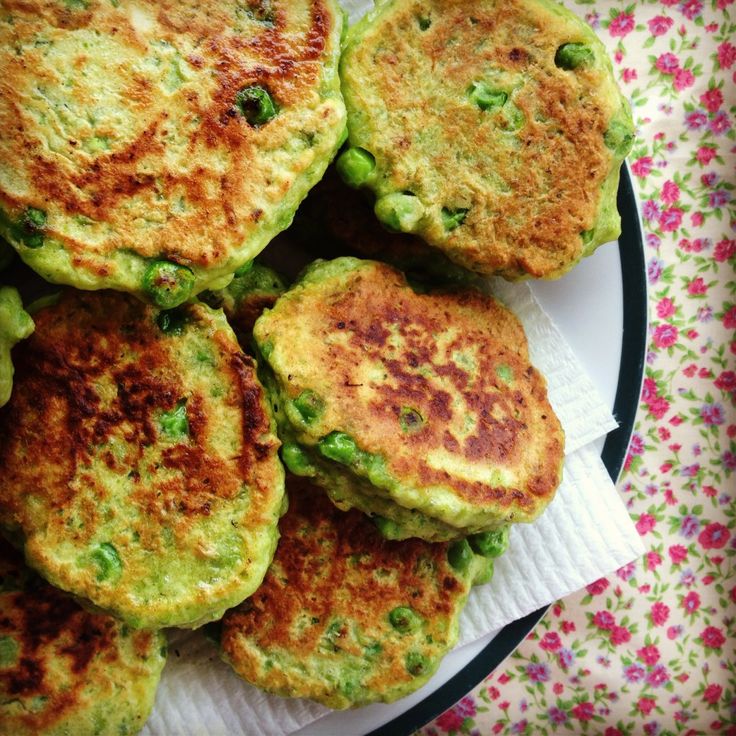 You can completely leave them out if you prefer. Just steam the peas as directed.
You can completely leave them out if you prefer. Just steam the peas as directed.
Additional Spices: instead of the mint, feel free to use a splash of lemon or lime juice, 1/2 tsp coconut oil, 1 tsp chopped basil, 1 tsp chopped parsley or 1/4 tsp fresh ginger.
Storage: Fridge – store in an airtight container in the fridge for up to 4 days. Freezer – can be frozen for up to 4 months.
Blender
Freezer Tray
Saucepan
Tripp Trapp High Chair
Bumkins Baby Bowl
Serving: 1ounce, Calories: 15kcal, Carbohydrates: 2.9g, Protein: 1.1g, Fat: 0.1g, Sodium: 1mg, Potassium: 57mg, Fiber: 1g, Sugar: 1.2g, Calcium: 5mg
Did you make this recipe?
Tag @babyfoode on Instagram and hashtag it #babyfoode!
Pin Recipe Email a Friend
Easiest Pea Puree (A Simple Side or Baby Food)
byAmy Palanjian
Updated
Jump to RecipeThis post may contain affiliate links. If you shop from one of our links, we may earn a commission.
If you shop from one of our links, we may earn a commission.
This super simple Pea Puree is so fresh and delicious. It’s an easy baby food or side dish that you can add flavor to as desired. Plus, find ideas for other purees to combine it with, storage tips, and freezing info.
Pea Puree
Turning frozen peas into simple, fresh puree is one of the first foods I made for my kids. It’s so easy, freezes really well, and combines well with other baby foods too.
Plus, you don’t need any fancy cooking skills to pull this off—just a bag of frozen peas and a blender!
This recipe has a very straight forward method and is very quick to make. It’s perfect if you want to make a few servings of baby food at once to have on hand for the coming days or even to send to daycare.
You can also use it as a side dish for the whole family too, either plain or with some of the flavor additions.
TIP: I’m all about keeping things fuss-free when feeding babies and making vegetables for kids. Here’s a baby food chart that might help you get more ideas too.
Here’s a baby food chart that might help you get more ideas too.
Ingredients You Need
To make this recipe you just need…peas! I use frozen peas—organic or regular, depending on what I can find at a good at my local stores. The puree will taste best with peas that are naturally sweet and not crazy starchy, so if you have a brand you prefer eating yourself as whole peas, use that one.
(There’s a surprising variety of flavor when it comes to frozen peas!)
TIP: “Petite” peas tend to be sweeter and more tender, so if you see those, I’d recommend them.
Step-by-Step Instructions
Here’s a look at the basic process involved in making this puree. Scroll down to the bottom of the post for the full information.
- Measure out your frozen peas. (I use two cups since that’s a good amount for my blender.)
- Add to a pot with water and bring to a boil.
- Drain.
- Blend!
TIP: You can add avocado, butter, or olive oil to add healthy fats and flavor to the pea puree.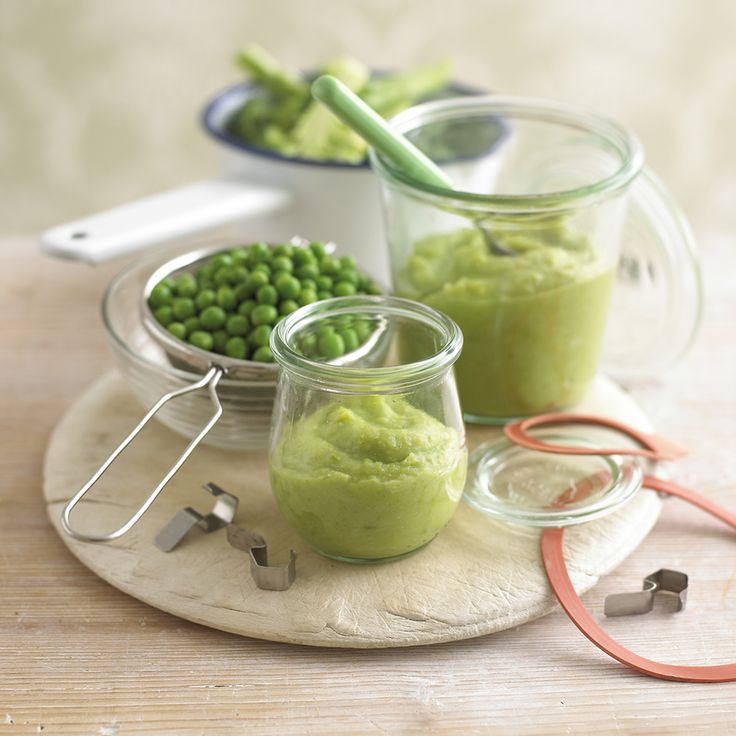
Baby Food Storage Tips
I like to use these small airtight containers from Wean Green. The serving size that is right for your baby may vary according to their age and appetite, so you may have to adjust once you see how baby likes this.
You can store this pea puree for baby in the fridge or freezer.
Best Tips for Success
- Use organic peas if desired.
- Add 2 tablespoons avocado, 1 teaspoon olive oil, or 1 teaspoon butter to add healthy fats and flavor.
- Combine with whole milk plain yogurt for a simple baby snack.
- Combine with Applesauce or Banana Puree and serve in a baby food reusable pouch.
- Use reduced sodium vegetable or chicken stock and add a little Parmesan to make this as a simple side for the whole family.
- Store in small airtight containers in the fridge for 3-5 days. Serve cold or slightly warm.
- Freeze in a silicone ice cube tray overnight. Transfer to a freezer bag, remove as much air as possible, and freeze for up to 6 months.
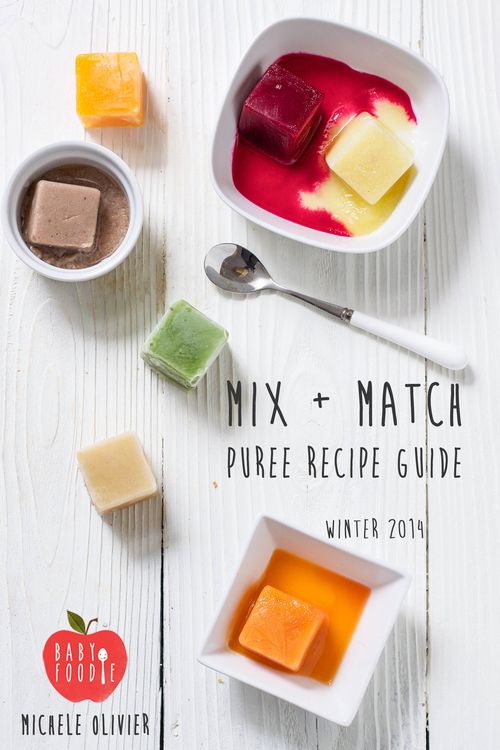 Thaw overnight in the fridge or at room temperature.
Thaw overnight in the fridge or at room temperature. - Find my best tips on freezing baby food here.
- Find easy No-Cook Baby Food Recipes here, my Broccoli Puree and easy Carrot Puree.
I’d love to hear your feedback on this recipe, so please comment below to share!
This post was first published September 2020.
Prep Time 2 minutes
Cook Time 5 minutes
Total Time 7 minutes
Author Amy Palanjian
Cuisine American
Course Baby Food
Calories 39kcal
Servings 6
- ▢ 2 cups frozen peas
Add the peas to a medium pot and cover with about an inch of water.
Place on the stove over high heat. Bring to a boil, then remove from heat.
Drain in a colander.
Add to a blender and blend smooth, adding 1/4-½ cup water (or sodium-free broth) to create a smooth baby food puree. (Less liquid will create a thicker puree, more liquid will create a thinner one.
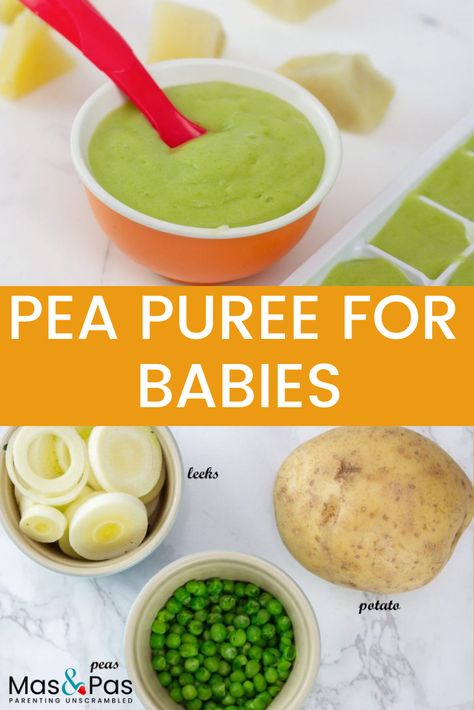 )
)Serve or store for future meals.
Vitamix Blender
Silicone Ice Cube Tray
Storage Containers
- Use organic peas if desired.
- Add 2 tablespoons avocado, 1 teaspoon olive oil, or 1 teaspoon butter to add healthy fats and flavor.
- Combine with whole milk plain yogurt for a simple baby snack.
- Combine with Applesauce or Banana Puree and serve in a baby food reusable pouch.
- Store in small airtight containers in the fridge for 3-5 days. Serve cold or slightly warm.
- Freeze in a silicone ice cube tray overnight. Transfer to a freezer bag, remove as much air as possible, and freeze for up to 6 months. Thaw overnight in the fridge or at room temperature.
- Use reduced sodium vegetable or chicken stock and add a little Parmesan to make this as a simple side for the whole family.
Calories: 39kcal, Carbohydrates: 7g, Protein: 3g, Fat: 1g, Saturated Fat: 1g, Polyunsaturated Fat: 1g, Monounsaturated Fat: 1g, Sodium: 2mg, Potassium: 118mg, Fiber: 2g, Sugar: 3g, Vitamin A: 370IU, Vitamin C: 19mg, Calcium: 12mg, Iron: 1mg
Tried this recipe?Rate in the comments and tag @yummytoddlerfood on IG!
Related Posts
Related Products
Happy Family Meals (Meal Plans)
Buy Now
Happy Family Meals (Vol 2)
Buy Now
Yummy Toddler Snacks
Buy Now
Yummy Baby Food
Buy Now
Share it with the world
FacebookTweetPinFiled Under
Broth with peas and rice
Recipes 12-18 months Gluten-free Milk-free Flour-free Sugar-free Egg-free Legumes Boil Greens Cereals Meat Low-calorie Lunch First courses High tea Spices, herbs, seasonings Dinner
No comments
Levchuk Victoria © Recipe from the book "Children's Kitchen" 1988. Sometimes I cook from recipes. The Internet gives out many recipes for soup with peas and rice. But I offer a basic recipe. It can be given after a year, provided that the child is familiar with broths and peas. If dry peas are used, they must be soaked overnight. But you can use green peas, either fresh or frozen. I have peas from my home garden, frozen in the summer.
Sometimes I cook from recipes. The Internet gives out many recipes for soup with peas and rice. But I offer a basic recipe. It can be given after a year, provided that the child is familiar with broths and peas. If dry peas are used, they must be soaked overnight. But you can use green peas, either fresh or frozen. I have peas from my home garden, frozen in the summer.
Rice must be soaked for several hours so that it increases in size.
General impressions of the soup - not for everybody. You can try for variety. Even with the presence of salt and greens in the soup, my youngest and I did not appreciate the combination of rice and green peas. I'm not saying it's not tasty, just not familiar! If in ordinary life you cook soup with peas and rice and roasted, then you will definitely like the basic recipe. This recipe is for those who love peas!!!
Pea and Rice BrothIt's better for a child to offer the basic version of the soup first, and then your signature homemade recipe!
But I remind you, if I don't like the recipe, then most likely I cooked it wrong, I will look for a way to adapt the children's recipe "Pea and Rice Broth" for a person who cannot stand peas.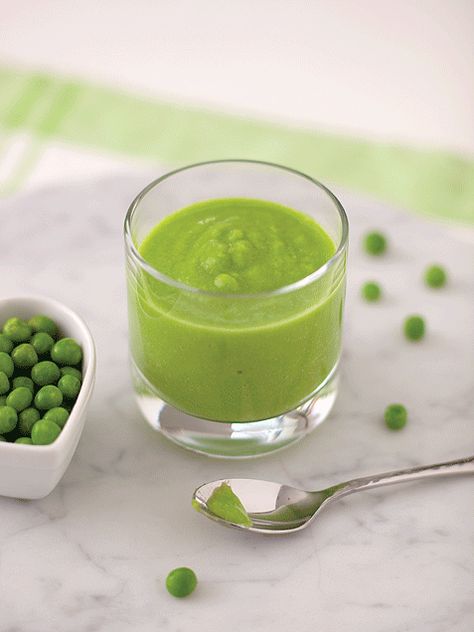
Introduced complementary foods: Green peas, white rice, chicken broth, green onions, cilantro, salt.
Ingredients
Instructions
-
Add white rice to simmering chicken broth, bring to a boil, reduce heat. Cook for 5-10 minutes.
-
Add frozen peas, bring to a boil, cook until tender.
-
5 minutes before cooking, add salt, herbs and a little vegetable oil.
-
Bon appetit!
Social networks:
- Versatility: Ideal as a first bean puree for children and as an addition to a range of dishes. It is worth trying to serve peas with fish, seafood, chicken or use as a sauce.
- A sensory explosion: pea puree hits all the senses, from delicious taste, fresh aroma to bright green color.
- Quick and easy to prepare : Prepare a gentle puree in less than ten minutes.
- Available all year round : Using frozen peas means the family can enjoy this puree no matter the season.
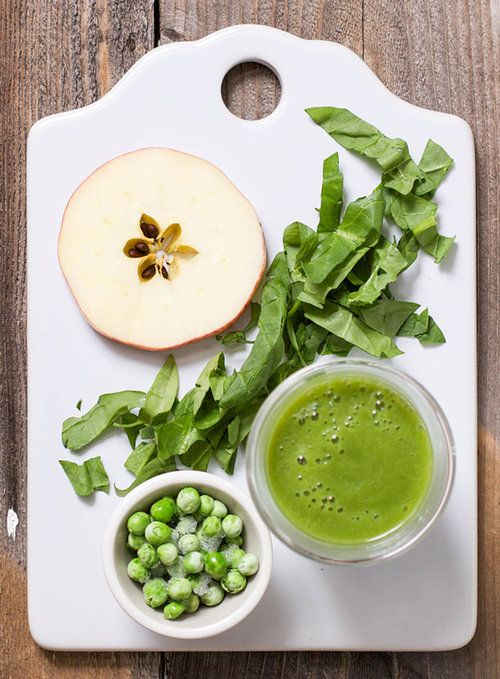
- Freezing : frozen peas are ideal, either pureed or as peas.
PROPRAMENTS PRODUCTION 9000 For diversity and health. Strictly speaking, green peas are not a vegetable. It is part of the legume family, it is a plant that produces pods with seeds inside. Lentils, chickpeas, beans, and peanuts are also legumes.
Lentils, chickpeas, beans, and peanuts are also legumes.
However, green peas are usually cooked and sold as vegetables. You can find it frozen, fresh or canned.
The nutritional value of peas is amazing considering the small size of the peas. Did you know that one cup of peas contains more protein than a tablespoon of peanut butter, as well as calcium, vitamins A and C, and iron. These wonderful little vegetables are a great first green food for a baby as they are both nutritious and delicious.
Species of peas
Table of contents:
Since childhood I know that peas can be different. There are sweet varieties that are grown for salad or just to eat, and there are varieties that are good to dry and eat in the winter.
Peas are one of the earliest crops to ripen in spring and can be used in all kinds of culinary dishes.
Peas are fairly easy to grow. The hardest part of growing peas is choosing which variety to grow.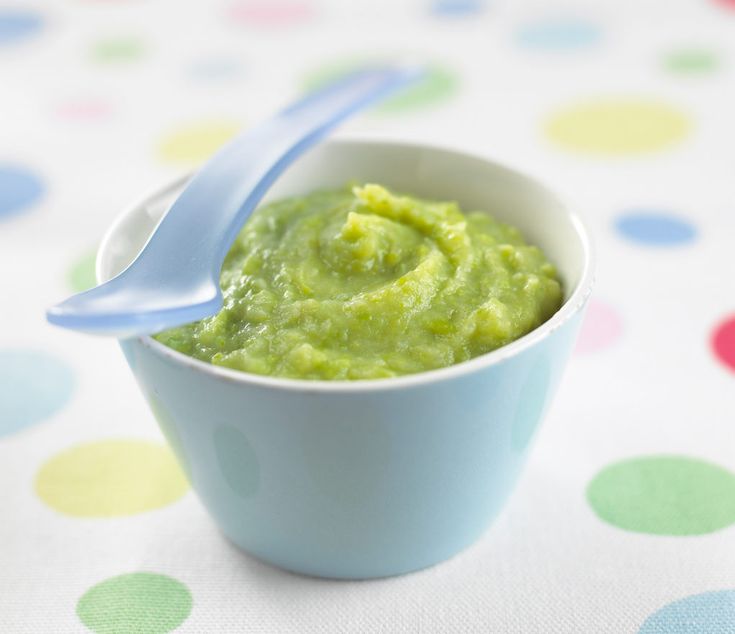 There are basically three types of peas: sugar, shelling and brain variety. There are also fodder varieties , but we will not discuss them here. Each goes by several names, which makes the choice even more confusing. But it is important for us to know their differences.
There are basically three types of peas: sugar, shelling and brain variety. There are also fodder varieties , but we will not discuss them here. Each goes by several names, which makes the choice even more confusing. But it is important for us to know their differences.
Sugar variety is the sweetest, eaten fresh with the pod.
green peas for childrenPeeling variety is used for conservation, long-term storage, it makes delicious soup in winter. Brain peas is always canned.
Pea season from the beginning of June to July, depends on the strip of Russia. In our south, children can already buy from mid-May.
The history of peas
green peas When exactly peas were first discovered remains a mystery, however, there are many assumptions. For example, the first appearance of the pea is thought to have been in Central Asia, especially in Burma and Thailand or Afghanistan, the eastern edge of the Mediterranean basin, and the mountain ranges and plateaus of Ethiopia.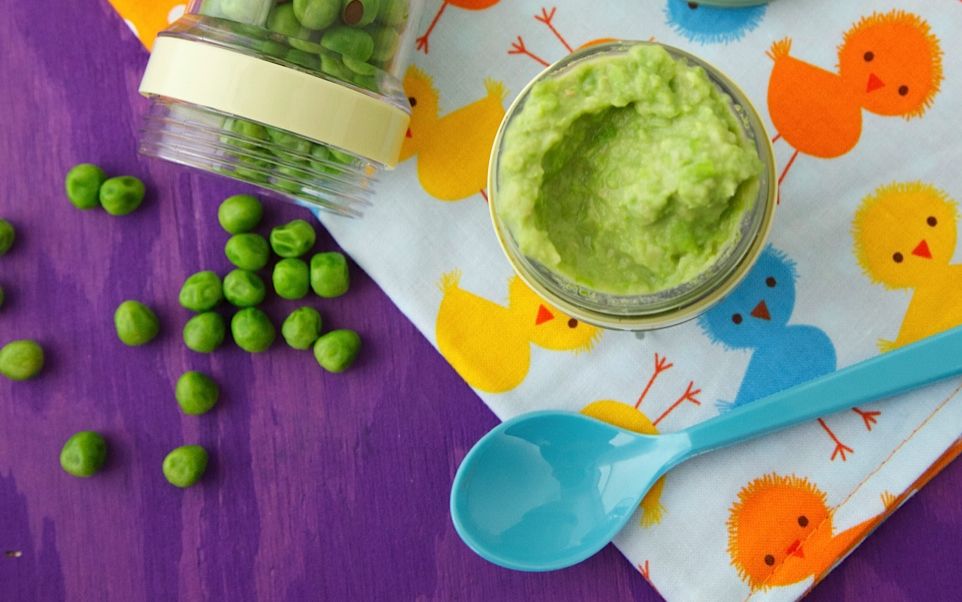
Fossilized pea pods found in Switzerland date back to 10,000 years ago. In the 3rd century BC, Theophrastus mentions peas that were sown in the later winter. Pea cultivation is believed to have spread to India, China and Europe in the 2nd millennium BC. Roman legionaries harvested wild peas to supplement their diet in the 1st century BC.
green peasPeas were brought to North America by Christopher Columbus in 1942, where they were quickly adopted by Native Americans. During the Middle Ages, peas were a stable food that kept hunger at bay, and during the early modern era in Europe, unripe fresh peas were prized as a gourmet meal.
Peas became famous in Russia only in the 18th century. It was grown throughout Russia, both in the fields and in the gardens.
Green peas "walked" along the roads of Russia, because they were planted along the roads so that travelers could eat. In Russia, about 200 million cans are canned a year, probably because of the Olivier salad.
Benefits of peas
peas baby foodCompared to vegetables like carrots, peas have higher protein levels. In addition, Pea is a good source of dietary fiber, vitamin A, iron, folate, thiamine, vitamin C and manganese. It also has high levels of vitamin K. One of the health benefits of green peas is blood sugar control.
Peas also contain a unique range of health-promoting phytonutrients. One of these phytonutrients, a polyphenol called coumestrol, has recently come to the fore in research to protect against stomach cancer. A study in Mexico City found that daily consumption of green peas, along with other legumes, reduced the risk of stomach cancer, especially when the daily intake of coumestrol from these legumes was approximately 2 milligrams or more. Since one cup of green peas contains at least 10 milligrams of coumestrol, it will not be difficult for us to get these wonderful health benefits.
Don't forget the unique phytonutrients in green peas that provide us with key antioxidant and anti-inflammatory properties.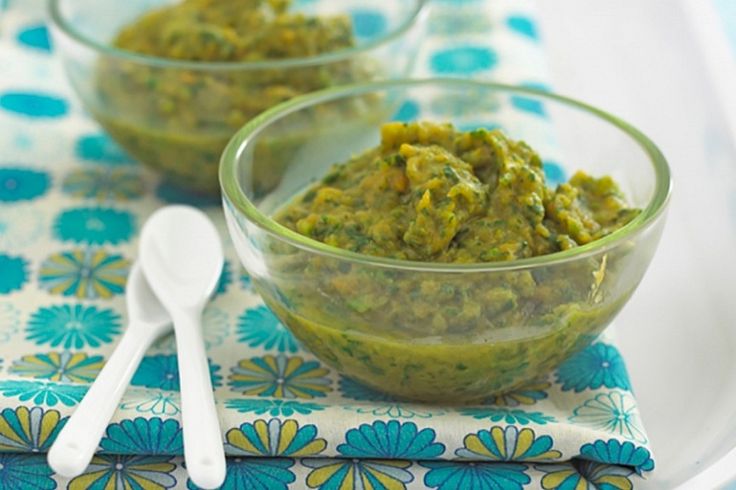 Some researchers are now suggesting that the link between consumption of green peas and legumes and a reduced risk of type 2 diabetes may be due not only to the relatively low glycemic index of green peas (around 45-50), fiber or protein in the composition, but also to unusual combination of antioxidants and anti-inflammatory phytonutrients.
Some researchers are now suggesting that the link between consumption of green peas and legumes and a reduced risk of type 2 diabetes may be due not only to the relatively low glycemic index of green peas (around 45-50), fiber or protein in the composition, but also to unusual combination of antioxidants and anti-inflammatory phytonutrients.
minerals and vitamins peas
peas for children Green peas stand out as an organic food. Agricultural research has shown that planting peas can provide important benefits to the soil. First, peas belong to a category of crops called "nitrogen-fixing" crops. With the help of bacteria in the soil, peas and other crops can extract nitrogen gas from the air and convert it into more complex and usable forms. This process increases the nitrogen content of the soil without the need to add fertilizer. Peas also have a relatively shallow root system that can help prevent soil erosion, and once the peas are harvested, plant debris tends to break down relatively easily to enrich the soil. Finally, crop rotation of peas with other crops has been shown to reduce the risk of pest problems.
Finally, crop rotation of peas with other crops has been shown to reduce the risk of pest problems.
Although Green Peas are extremely low in fat (approximately one-third of a gram of fat per cup), the type of fat and fat-soluble nutrients they contain is impressive. Recent studies have shown that green peas are a reliable source of omega-3 fats in the form of alpha-linolenic acid (ALA).
One cup of green peas contains approximately 30 mg of ALA. About 130 mg of the essential omega-6 fatty acid, linoleic acid, can also be found in a cup of green peas. This very low but high-quality fat content helps us get important fat-soluble nutrients from this legume, including significant amounts of beta-carotene and small but valuable amounts of vitamin E.
So let's not neglect green peas in summer and dry peas in winter. In the diet of children, this is a very useful product.
peas for children Green peas cannot be the product of the first complementary foods, because they cause discomfort and gas.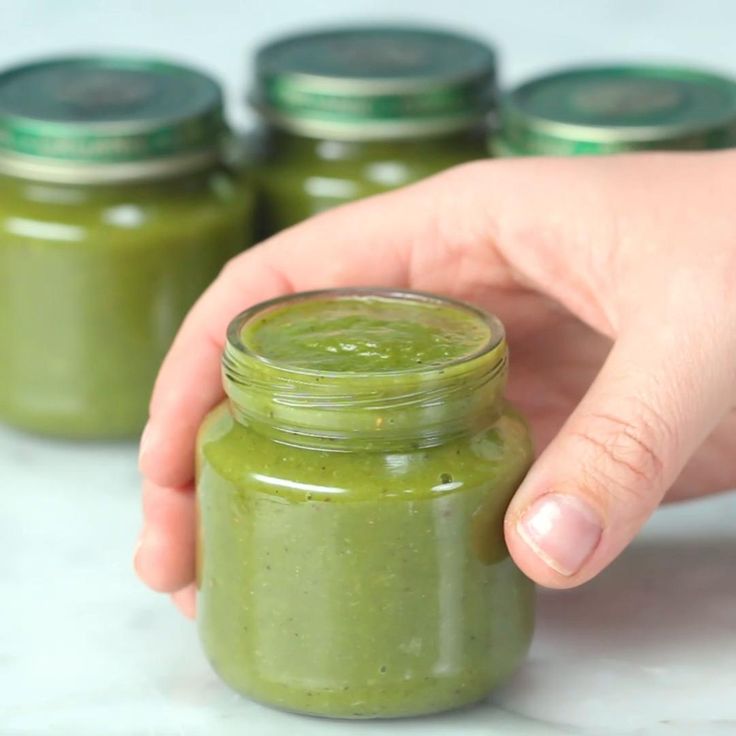 Russian pediatricians advise introducing green peas to children after 10-12 months, and American pediatricians - after 8 months.
Russian pediatricians advise introducing green peas to children after 10-12 months, and American pediatricians - after 8 months.
Beans should not be given more than 2 times a week.
Dishes from mature peas can only be given after 2 years of age in soups. Canned peas can be given after 3 years. A portion of the first complementary foods is not more than 30-50 grams, if the child has digestive problems, then let the portion be smaller so that the body gets used to it faster.
Children under 2-3 years old can eat green peas up to 80 grams. Mature grains are given in an amount of not more than 100 grams after 3 years.
Fresh peas can be offered from 2-2.5 years old, only young sweet varieties.
Green peas are considered a hypoallergenic product, so they can be safely given to a child.
green peas complementary food
pea puree There is an opinion of doctors that it is better to give green peas up to 12 months, so that the body learns to digest it, because it will be more difficult to do it later.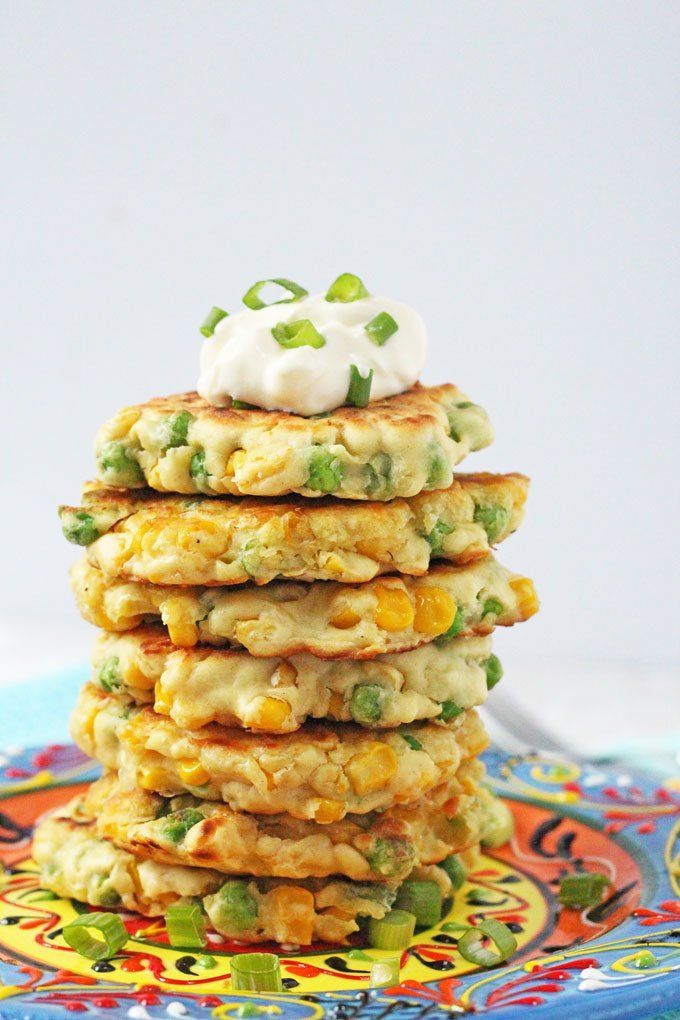
The first feeding with green peas comes in the form of mashed potatoes, which are boiled until cooked and rubbed through a sieve, so it is better absorbed.
Ruth Yaron's book "Supernutrition for Your Baby" states that whole green peas are dangerous for a child under three years of age, they must be given in a mashed form, ie. crush with a regular fork. I usually just crush them with my fingers before giving them to a child. But we eat it instead of popcorn, so this way, I peel off the green shell, squeeze it with my fingers and give it, this is enough for a two-year-old child so that he does not choke.
Pea soup with smoked meats is best introduced to a child at the age of 5.
peas complementary food
Allergy to green peas and peas
pea soup Peas come in several varieties, but green and yellow peas are the most commonly consumed. Pea allergy exists but is not very common. In most cases, pea allergies in children are due to cross-reactivity between peas and other legumes.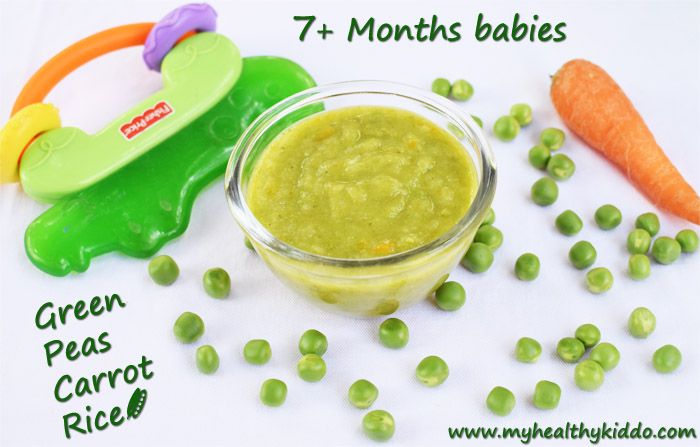 It is also important to cancel that green peas are considered hypoallergenic , but mature peas are already included in the middle group of allergenic products .
It is also important to cancel that green peas are considered hypoallergenic , but mature peas are already included in the middle group of allergenic products .
Children may be allergic to peas, especially if they have had an allergic reaction to other legumes. Legumes is a family of products that includes peas, chickpeas, peanuts, beans and lentils, etc.
There is a high degree of cross-reactivity between lentils, chickpeas and peas. In addition, pea allergy can also occur due to IgE-mediated (antibody-mediated) cross-reactivity between peas and peanuts.
pea soupA child's body can react to such allergens in peas as isoflavone reductase, globulin, glutelin, vikilin, vivilin. And most importantly, these allergens are resistant to heat and chemical treatment.
Cases of reactions to the inhalation of vapors from cooking peas have been observed. Cases of allergies to boiled peas have also been reported, but no allergies to green peas have been found in these patients.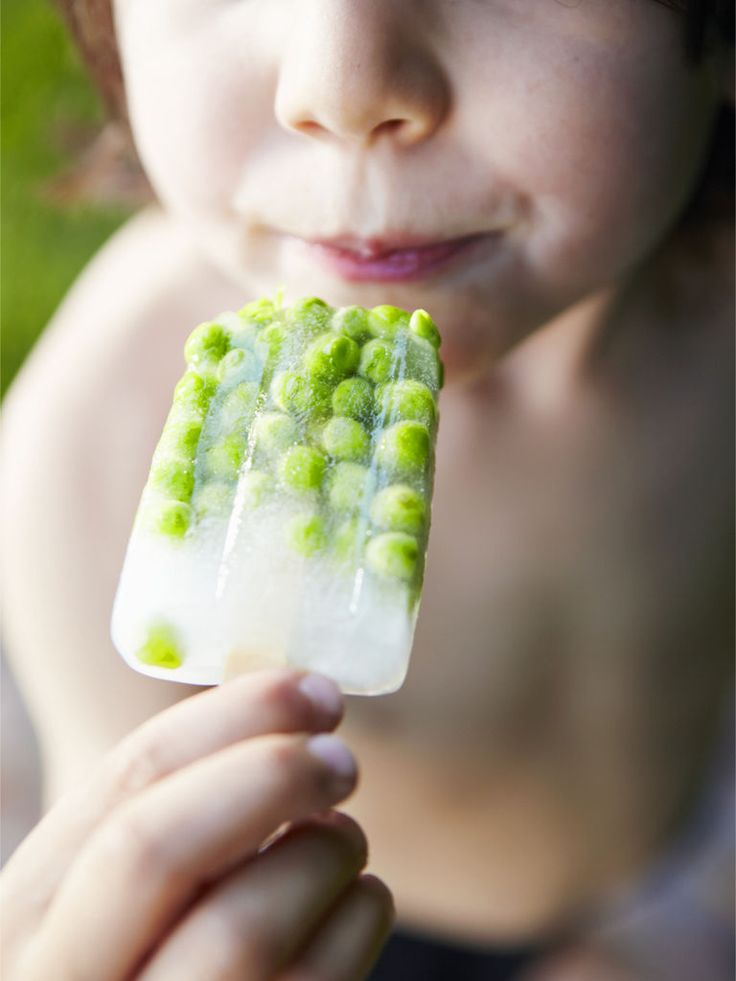
A child has a chance of developing an allergy to peas over a period of time, especially if the portion is too large. But before giving peas to a child, it is recommended to consult a doctor and always adhere to the 4-7 day waiting rule when peas are introduced into complementary foods or any other food in the diet. It is better to give less than more.
Pea allergy symptoms vary among children. Some symptoms may be mild, while others may be severe. Mild symptoms include rashes, hives, itching in the mouth, throat, lips or entire face, stomach cramps, vomiting and coughing, etc.
Severe symptoms include shortness of breath, labored breathing and rapid heart rate, anaphylactic shock which can cause choking and severe breathing difficulties.
It is best to seek medical attention regardless of mild or severe allergy symptoms. Timely action will help to avoid complications, as well as help in diagnosis and treatment.
How to give green peas to children?
For the first feeding green peas should be boiled in clean water.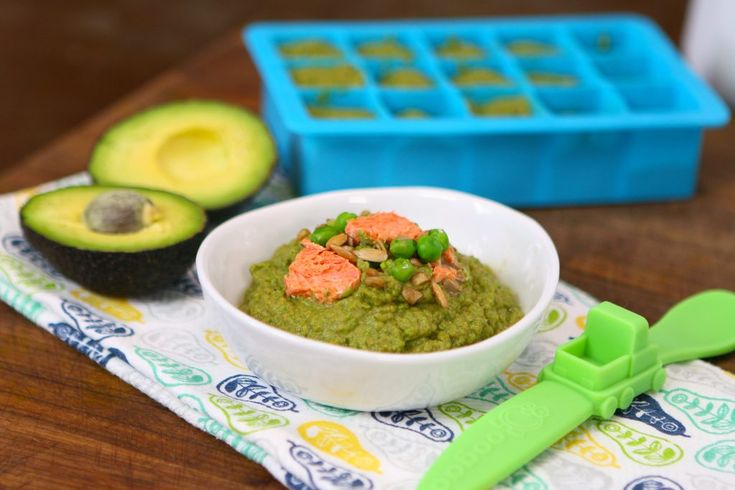 Beat with a blender and give in the form of pea puree. Babies love bright green puree because of its sweet taste and smooth texture. Depending on how much your child eats, you can store the puree in small bags, ice cube trays, or in a zip-lock freezer bag. Up to 2 years, it is better to give the child only in the form of baby puree. Either neat or mixed with other vegetables.
Beat with a blender and give in the form of pea puree. Babies love bright green puree because of its sweet taste and smooth texture. Depending on how much your child eats, you can store the puree in small bags, ice cube trays, or in a zip-lock freezer bag. Up to 2 years, it is better to give the child only in the form of baby puree. Either neat or mixed with other vegetables.
Why love pea puree?
green peas for kidsHow to select and store peas
Only about 5% of grown peas are sold fresh. The rest are either frozen, or canned, or dry.
green peas for childrenWhen purchasing fresh green peas , we are looking for strong pods, velvety and smooth. Their color should be a lively medium green. Those whose green color is particularly light or dark, or yellow, whitish or mottled grey, should be avoided. Also, don't choose pods that are swollen, soaked in water, or have mold residue. The pods should contain peas of sufficient quantity and size so that they do not have a lot of empty space. It is enough to shake the pod to understand whether it is empty or full. All varieties of fresh peas should be stored in the refrigerator, as the heat will speed up the formation of sugar in the starch.
Unwashed peas stored in the refrigerator in a bag or unsealed container will keep for several days.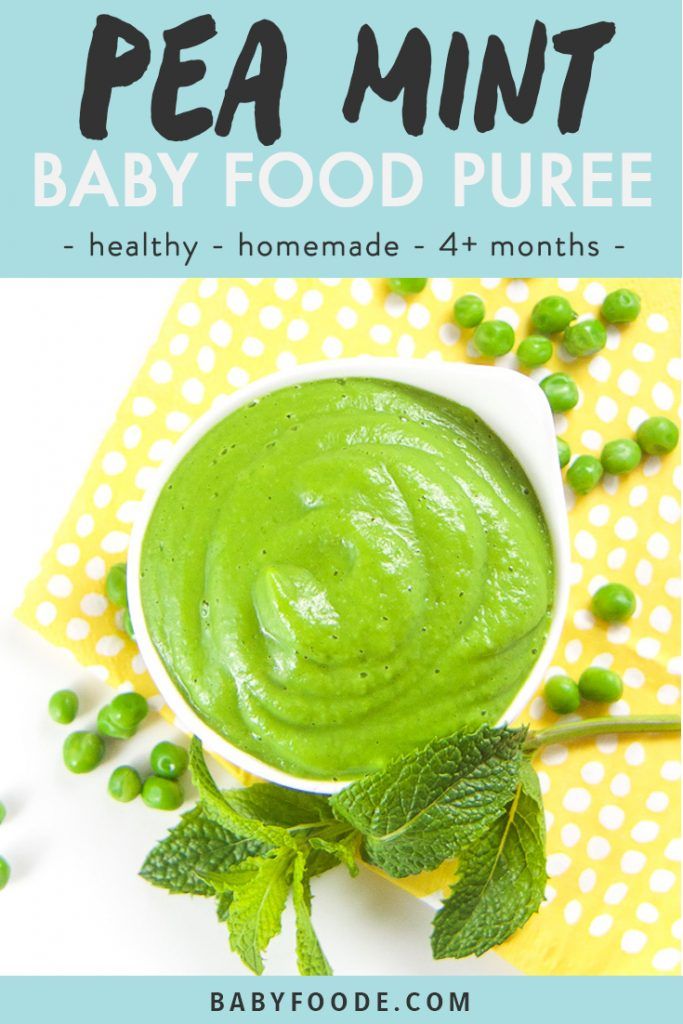 Peas are not stored in a pod for a long time, so if you bought a lot, then it is better to peel them and store green peas separately in the refrigerator for up to 5 days or in the freezer for up to 6-12 months.
Peas are not stored in a pod for a long time, so if you bought a lot, then it is better to peel them and store green peas separately in the refrigerator for up to 5 days or in the freezer for up to 6-12 months.
Unlike round pea pods, sweet pea pods are flat. Choose the smaller size as they tend to be sweeter.
To check the quality of peas, just open one of them and make sure that it is fresh. They should be bright green in color, firm and plump.
Dry peas must be stored in a dry, dark place, preferably in glass. If peas are bought by weight, then we look at the peas themselves so that they are the same color, dry, without mold and dampness, without pests. You can store about 12-24 months, depending on the variety of peas.
Pesticides and peas
Peas in Russia are classified as products with a low pesticide index, apparently because they are relatively easy to grow in any of our territories, they are not whimsical, there is water and sun, they will be happy.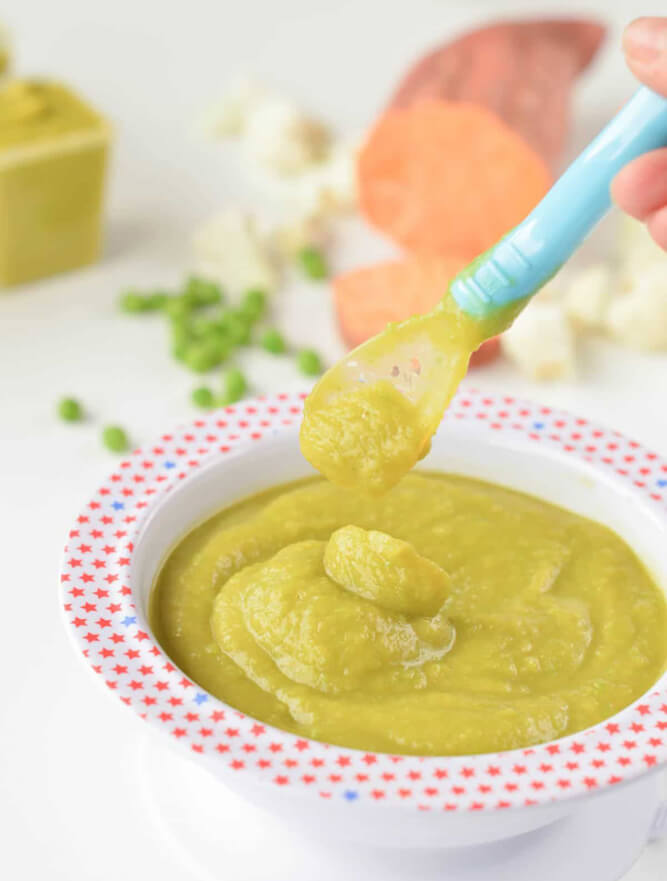
But in 2019, Rospotrebnadzor identified a pesticide, the herbicide 2,4-D acid, in the Mistral brand of peas. Hope they fixed it.
Of course, it is better for children to buy an organic product that is grown without pesticides and nitrates.
complementary food peas
Contraindications
Peas are a difficult product to digest, which complicates the child's gastrointestinal tract. Therefore, if children suffer from colitis or enteritis, then you should refrain from the early introduction of peas into complementary foods and consult a doctor. Also, peas can increase gas formation, which will lead to abdominal pain. With frequent diarrhea or constipation, it is also not advisable to give peas in large portions. Green peas are not recommended for kidney disease. Boiled peas also contribute to an increase in uric acid in the body and the accumulation of salts. You can not this product with diseases such as cholecystitis, nephritis, kidney stones, increased blood clotting, gout and any intestinal diseases.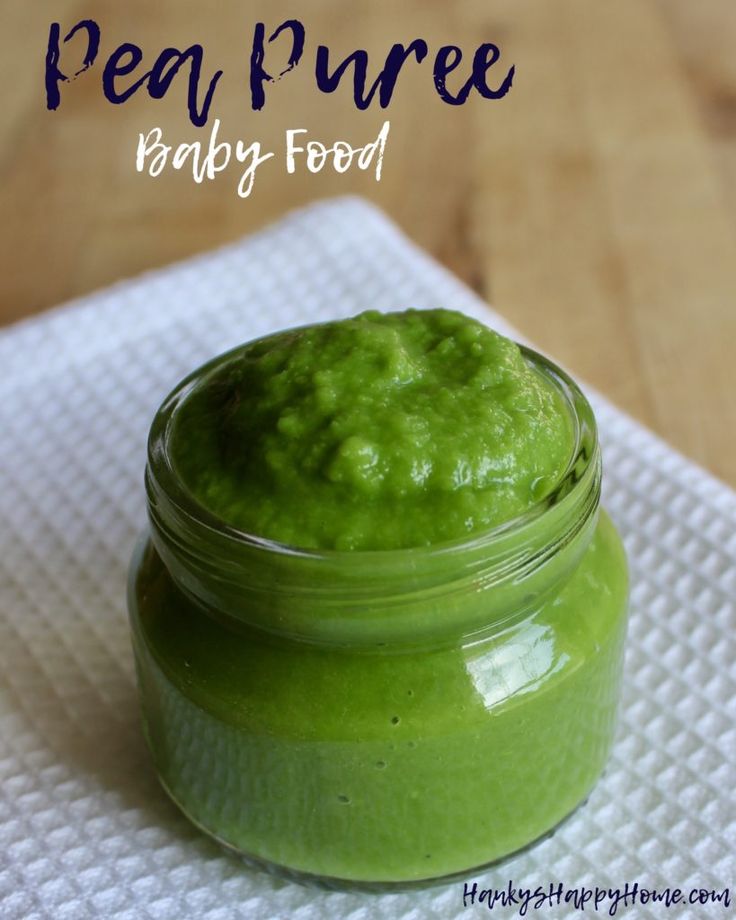
Suggested way of consumption
Broth with peas and riceSteaming or roasting green peas is an easy and healthy way to prepare this vegetable. Throwing peas in ice water after cooking makes for an even smoother puree for your baby! Peas are sweet and delicious, and can be added to children's meals for a nutritional boost.
Up to 1 year, green peas can only be boiled or baked in the oven, and then made into baby puree. After a year, you can cook soups or add 1/3 of green peas to mashed potatoes, you get an interesting color and taste.
The most common cooking method is traditional when used in combination with vegetables or potatoes. Boiled peas are also often used in salads or with rice. A well-known option is cooking green peas with meat stewing method . Another alternative would be Pea Soup or Delicious Vegetable Puree. In Russia, you can also find pies with peas, pate, pancakes, cutlets, cereals, etc.
My favorite recipe for baby puree is to mix peas and other vegetables in a 1:3 ratio, about 1/3 of a pea.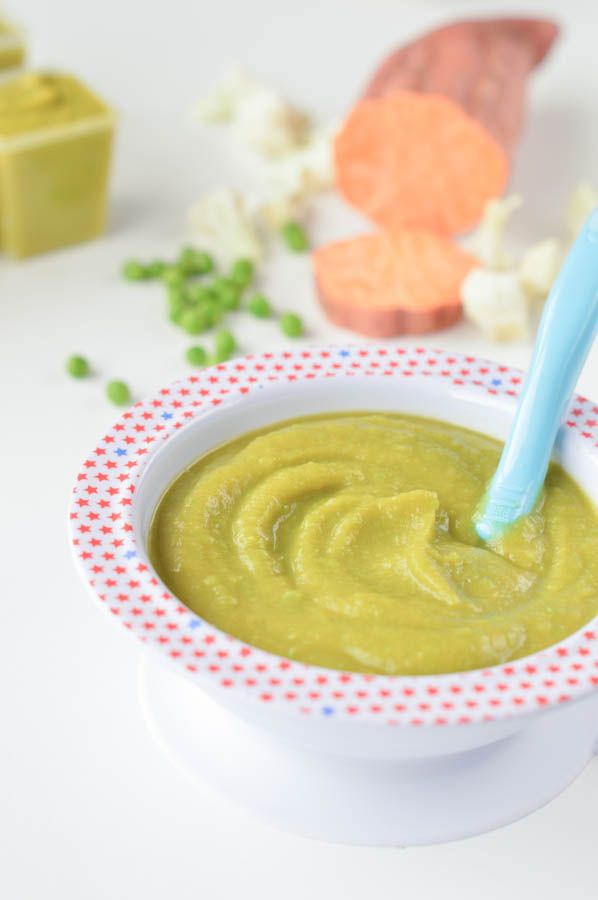 And add the fried onions before beating until smooth. It turns out tasty and satisfying.
And add the fried onions before beating until smooth. It turns out tasty and satisfying.
Freezing peas
Peas are ideal for freezing. It does not lose taste, texture and smell. What more could you ask for? It can be frozen as green peas or boiled as a soup dressing. I already wrote about pea soup with bacon, how I freeze it in the form of a soup base.
Children's green peas are easy to freeze. In season, green sweet peas are bought, which get rid of the pod, and the peas are washed, dried, and then frozen in special bags. About 600 grams of green peas are enough for me for the winter. I cook soups with it, I make Olivier. Honestly, I stopped buying canned peas. Boiled and put in a salad, more benefits. You can store frozen peas for about 6-12 months. Moreover, it behaves perfectly, ice rarely forms on it, especially if it is frozen correctly.
Someone likes to blanch peas for 1-2 minutes, the shelf life is longer, but I don’t have it for more than 6-8 months.
In general, I recommend frozen over canned peas and acknowledge the benefits of fresh over frozen. Therefore, it is possible to buy fresh green peas, then we buy it, there is no way, we take frozen.
Why is it better to freeze it yourself in summer? But because the stores already sell old green peas. It is not as tender, it is suitable for soups, but not for baby food or salad. Therefore, in the summer I myself choose green peas, I am engaged in separation and freezing.
How to prepare green peas for children?
canned peasRemove green peas from the pod, rinse under running water.
Steam: Put the peas in the slow cooker or steamer and cook for about 5-10 minutes, depending on the variety of peas.
Boil: Put the peas in boiling water, cook over high heat until tender, about 15-20 minutes. Depends on the youth of the peas, the younger, the less time is needed for cooking. Ready peas are tender, it is important that the shell should not burst.
Bake: Peas are baked in the oven for about 30-40 minutes, you can add a little butter for a nice taste.
After cooking the green peas, hold them under cold running water for about 3 minutes to make the puree more tender.
Preparing puree: Put the cooked boiled peas in a blender and blend until smooth. You can add liquids or breast milk. For children 10-12 months old, you can additionally pass pea puree through a plastic sieve.
How to prepare ripe peas for children?
cook peasMature peas must be soaked before cooking. Ideal for the night, but can be for a couple of hours. Soaking reduces the cooking time by 20-40 minutes. Then you can simply boil in water, the cooking time is up to 2 hours, depending on the degree of splitting of peas.
But I cook all legumes differently. On my site I have already written about this method, but I will repeat.
I throw soaked peas into boiling water. I put in 2 times more water.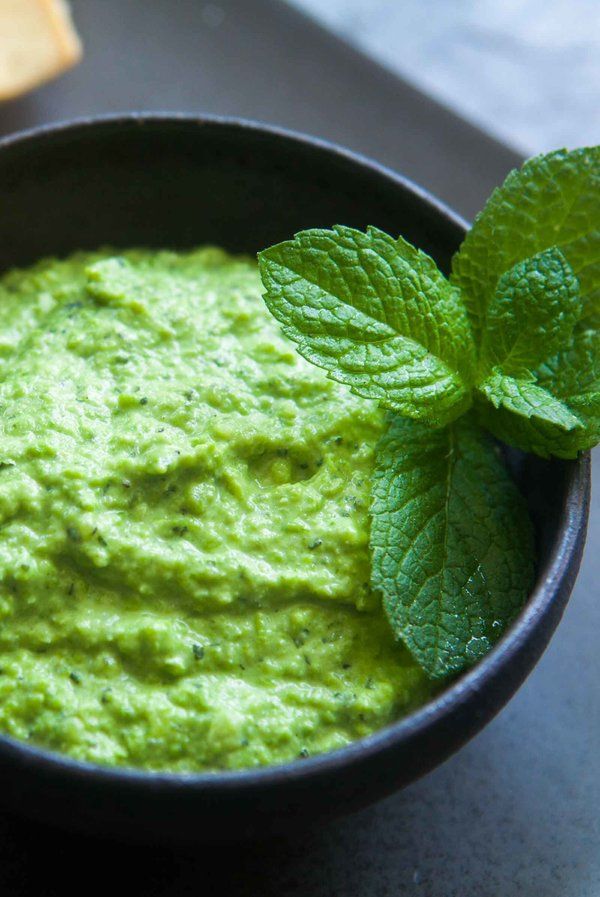 For about 1 cup of peas, 2 cups of water. And then I cook it for 5 minutes. I usually do this in the morning or at night. To forget about peas for a few hours. After 5 minutes of simmering or boiling, I wrap the pot in something warm and forget about it. Usually about 4 hours of slow cooling is enough for the peas to reach readiness. Very convenient way, economical in terms of electricity.
For about 1 cup of peas, 2 cups of water. And then I cook it for 5 minutes. I usually do this in the morning or at night. To forget about peas for a few hours. After 5 minutes of simmering or boiling, I wrap the pot in something warm and forget about it. Usually about 4 hours of slow cooling is enough for the peas to reach readiness. Very convenient way, economical in terms of electricity.
Finger food and green peas
Green pea pureeOnly green peas are suitable for finger food (simply because they are tastier and brighter). It is most often chosen by mothers for tweezing. It is ideal to take peas with your fingers and send them to your mouth. Up to 2-2.5 years, it is better to take boiled green peas of sweet varieties, after which you can take fresh ones.
In principle, many doctors are sure that after 12 months it is already difficult to choke on a small pea, but they still advise crushing them with a fork in order to avoid various situations with suffocation.






